At the MANN among rediscovered treasures and Pompeian furnishings
- Angelo e Adele
- Aug 17
- 3 min read
We're here in Naples, gasping for air from the heat and keeping our outings to a minimum. But every now and then, we have to get out of the house and try to enjoy the beautiful things this city has to offer, then share them on this blog.
So let's talk about our latest outing, which took us to the National Archaeological Museum of Naples (MANN) (*), the most important archaeological museum in Italy, where we visited two wonderful exhibitions: REDISCOVERED TREASURES. Stories of Crimes and Stolen Artifacts and DOMUS. The Furnishings of Pompeii. But first, we feasted our eyes on the statues from the Villa of the Papyri in Herculaneum, which, pending renovation of their dedicated rooms, are temporarily on display in the magnificent Sala della Meridiana. Let's start with these:


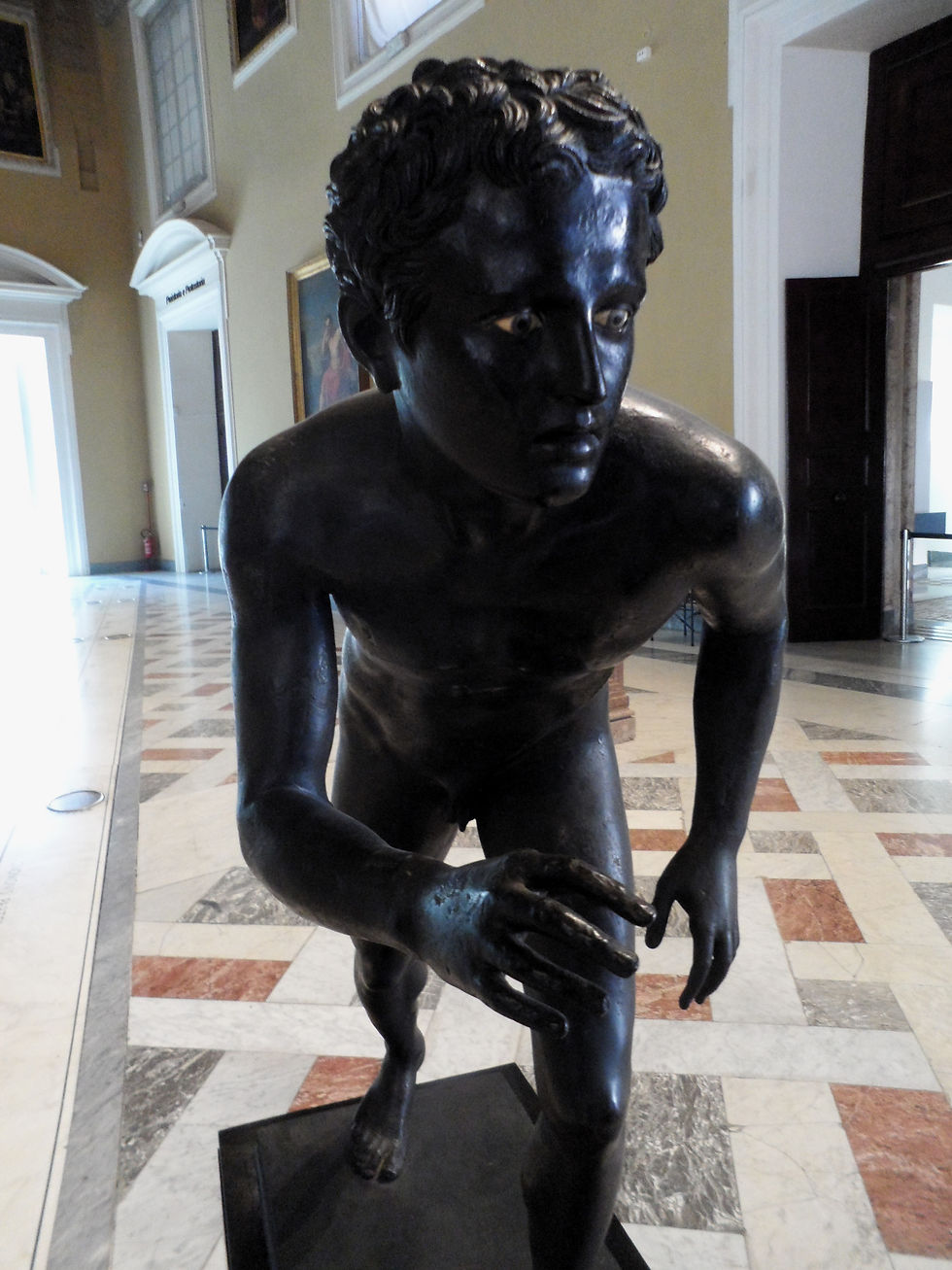

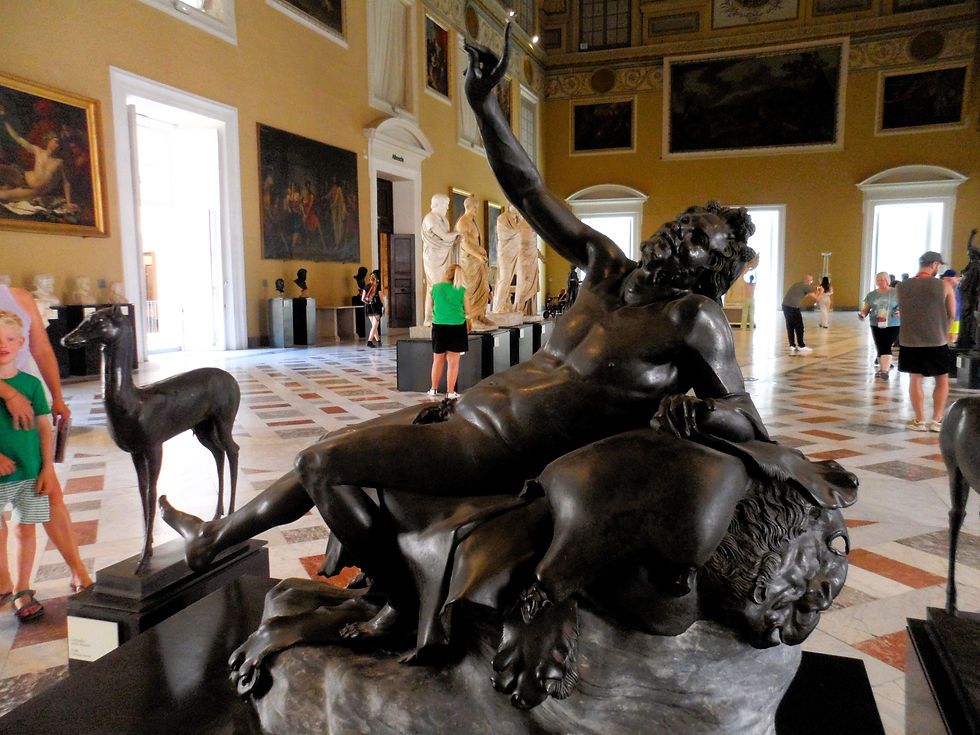

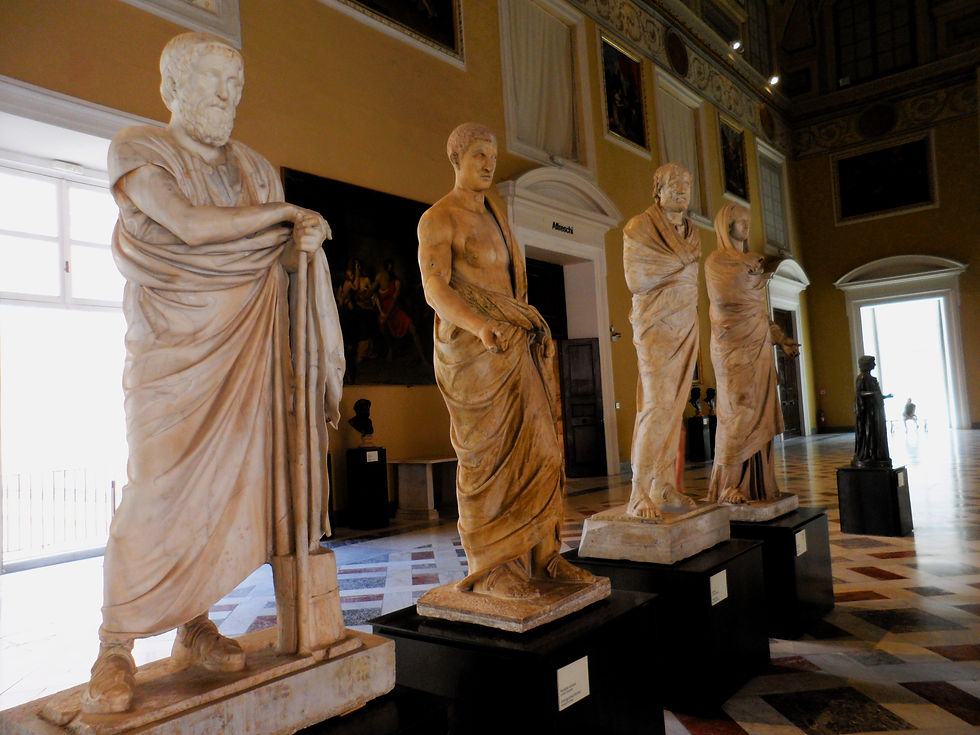
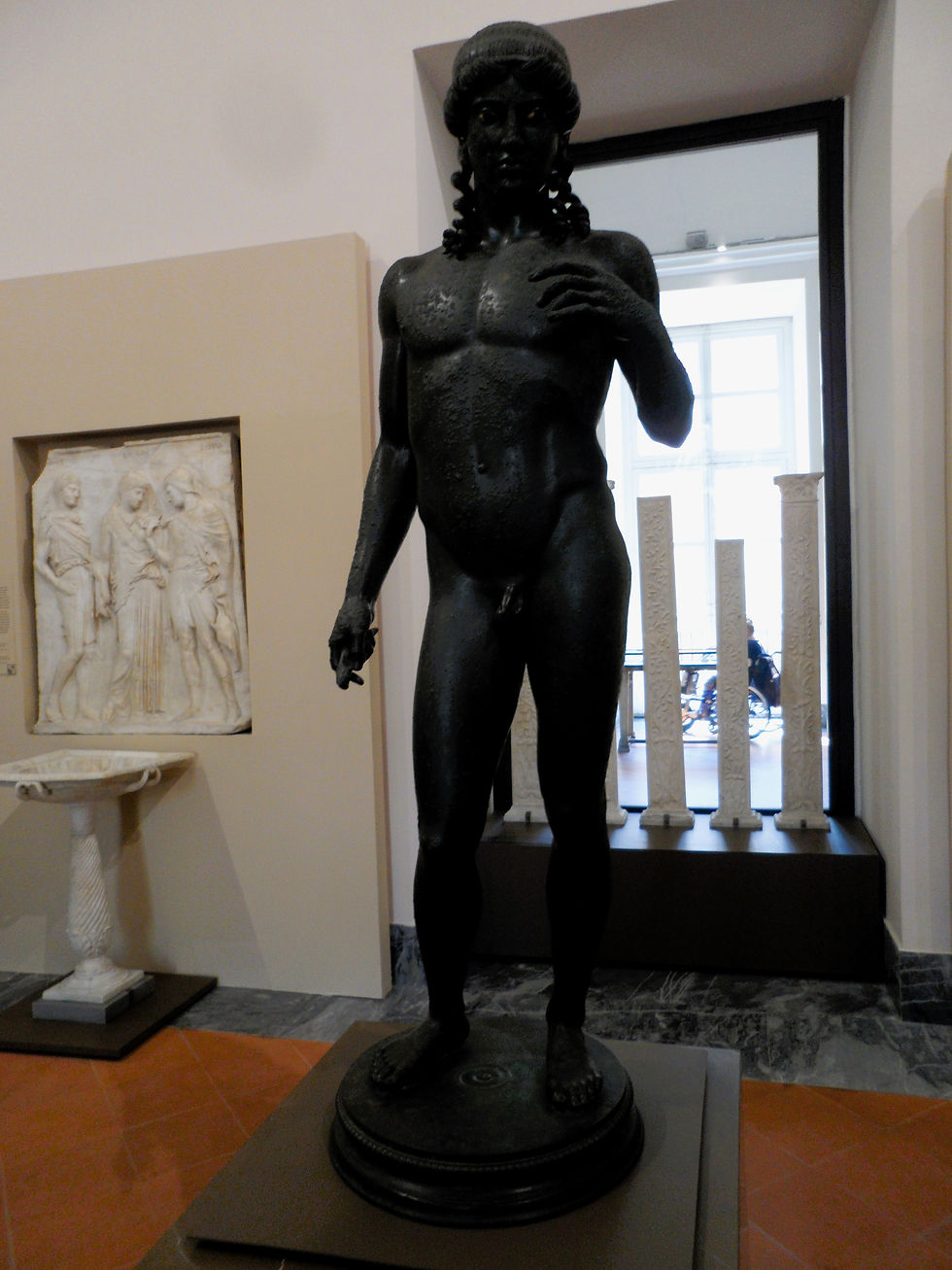
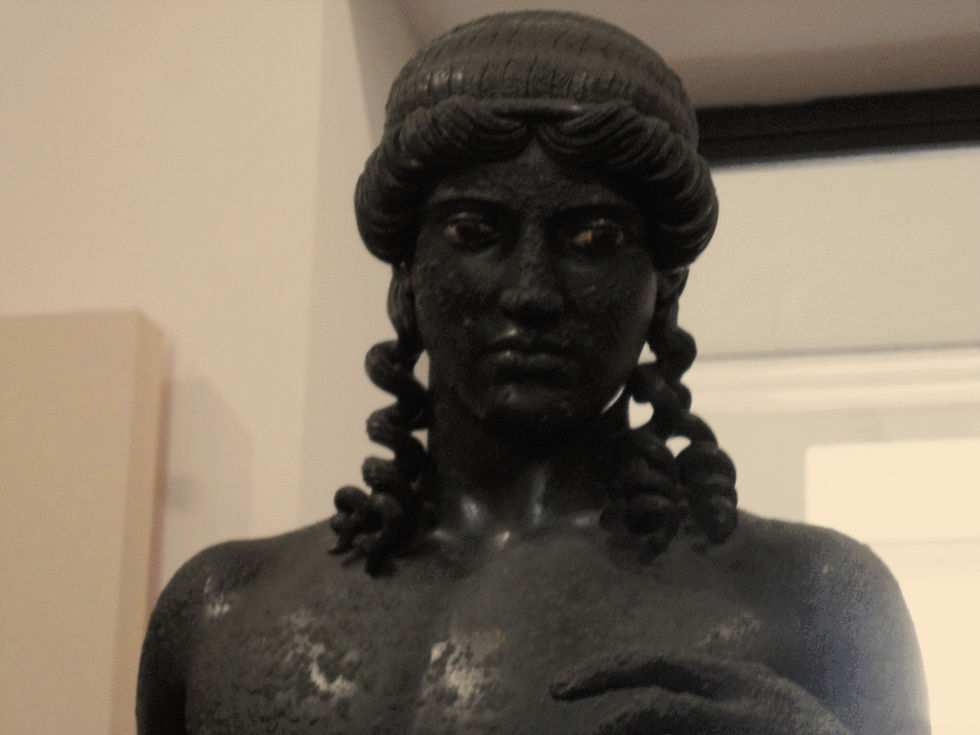
To discuss the exhibition REDISCOVERED TREASURES, the best way to do so is to refer to the text on the MANN's official website:
The exhibition represents the final outcome of a complex series of investigations and research activities, carried out under the memorandum of understanding signed between the MANN and the Naples Public Prosecutor's Office.
This initiative, by gathering the findings of the investigations, aims to convey a profound message: that the theft and illicit trafficking of works of art is not only a crime against cultural heritage, but also profoundly affects our history and our national identity.
The aim is not only to raise awareness of the inestimable value of our cultural heritage, but also to encourage active commitment to its protection.
The exhibition reveals the dynamics of the illegal art market and the irreversible damage caused by the looting and destruction of cultural heritage.
The exhibition offers an important opportunity to present to the public, for the first time, a selection of approximately 600 of the most representative objects released from seizure. This extraordinarily diverse collection of artifacts is not limited to Campania, but encompasses a broader region, extending throughout Southern Italy and beyond. Their variety provides a significant insight into the artisanal production and artistic expressions that developed from the Archaic period to the Middle Ages.
In addition to ceramics, the exhibition displays a wide selection of bronze objects, including armor, weapons, personal ornaments, and pottery, as well as a significant number of figurative terracottas, dating from the 6th to the 2nd century BC.
There is also no shortage of Roman marble elements, once part of the furnishings of private homes, numerous underwater finds, and a vast collection of Greek, Roman, and medieval coins.
The exceptional state of preservation of many of these finds suggests that they primarily belonged to ancient burials, unfortunately intercepted and looted by illegal excavators to fuel the black market in archaeological goods.
Many of these artifacts have undergone irreversible processes of dispersion and loss of their history, but today, thanks to a long and meticulous work of recovery, cataloging, and study, they are once again part of our collective heritage.
Let's move on to our images:

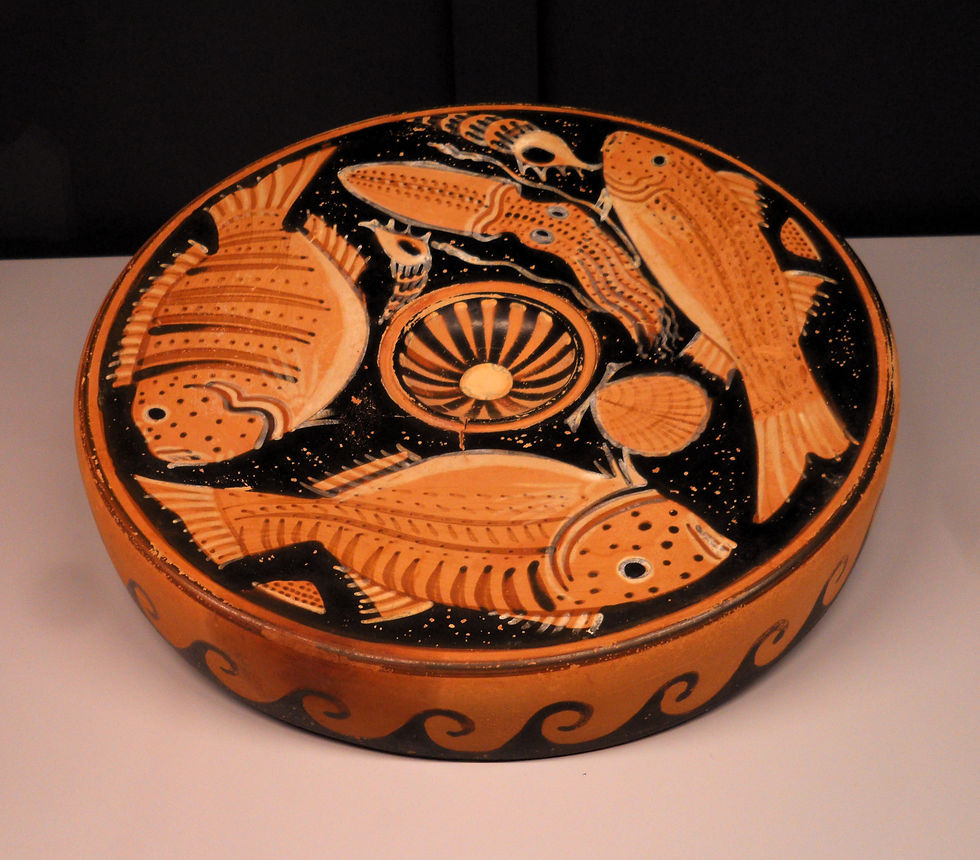

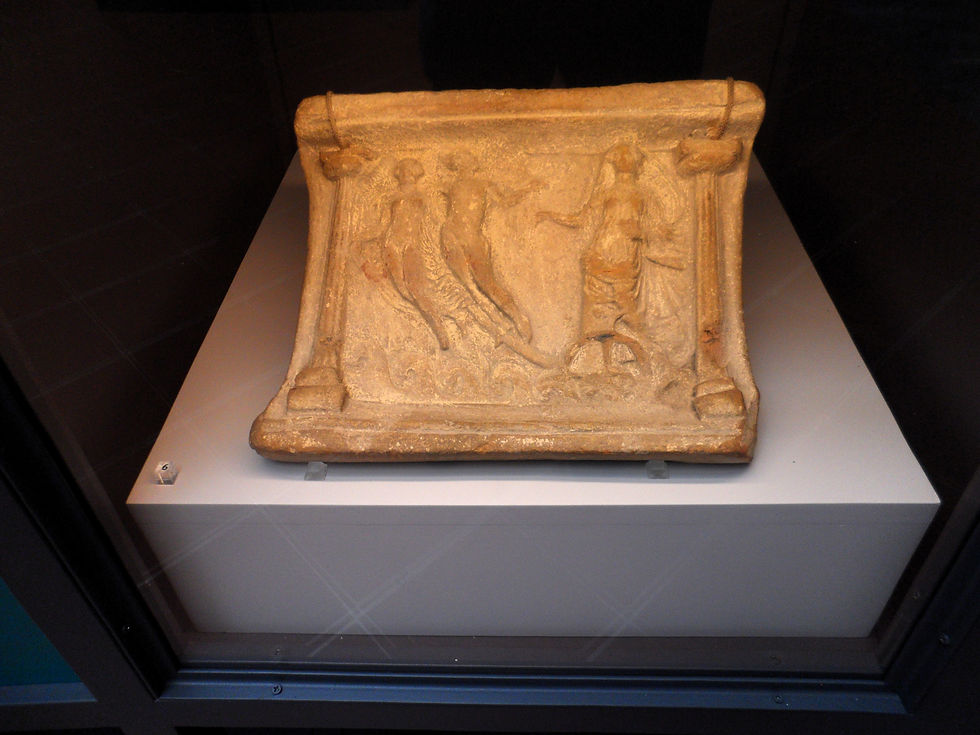


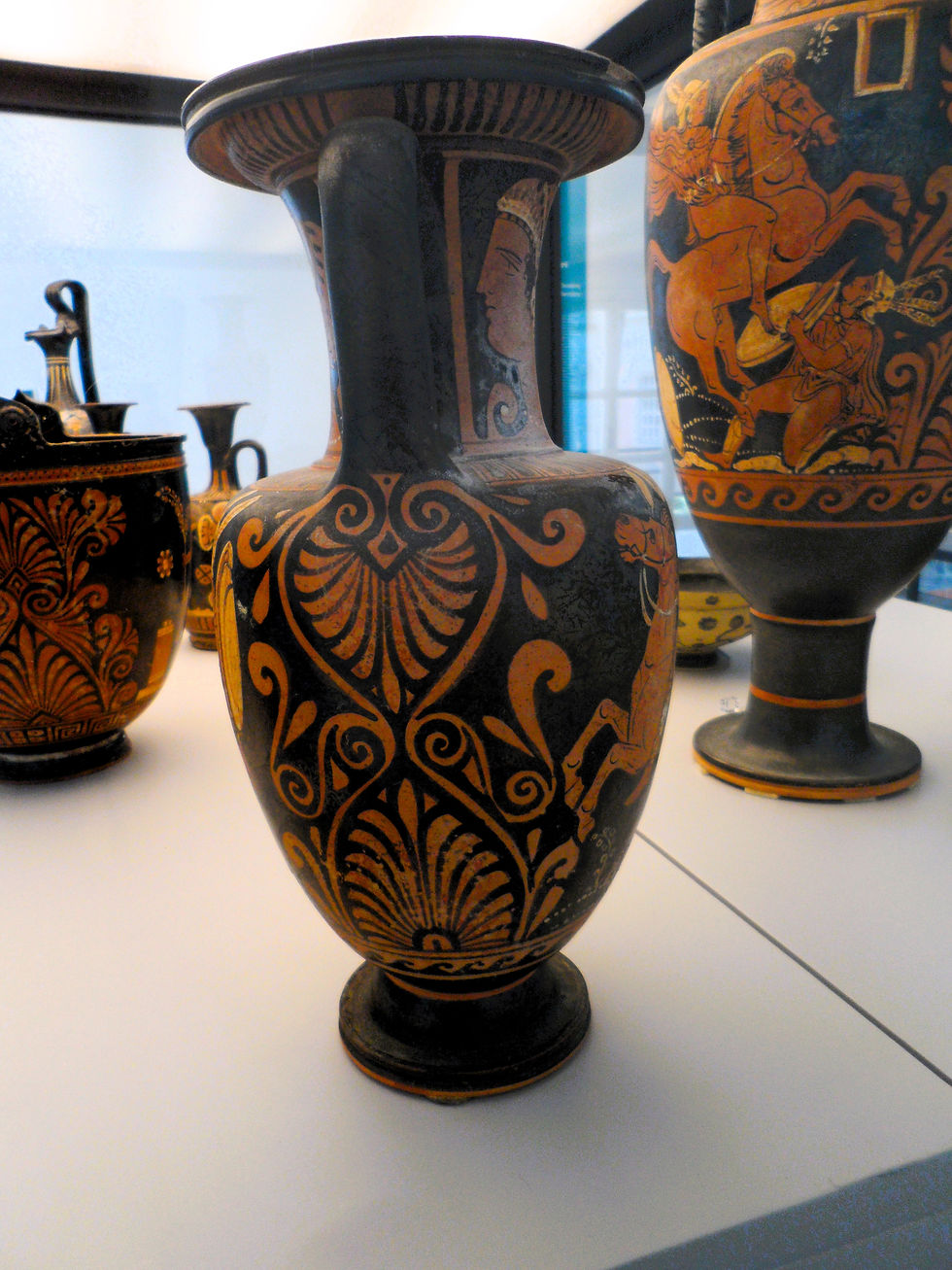



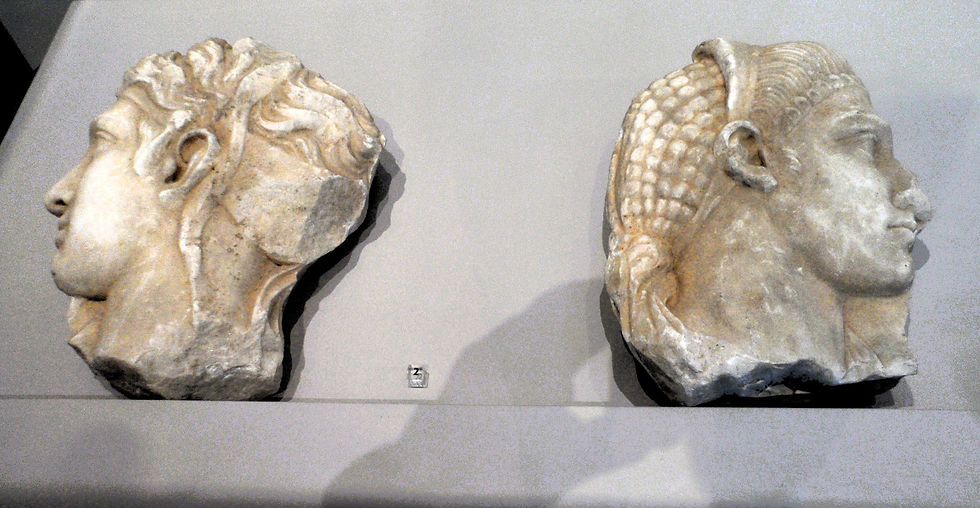
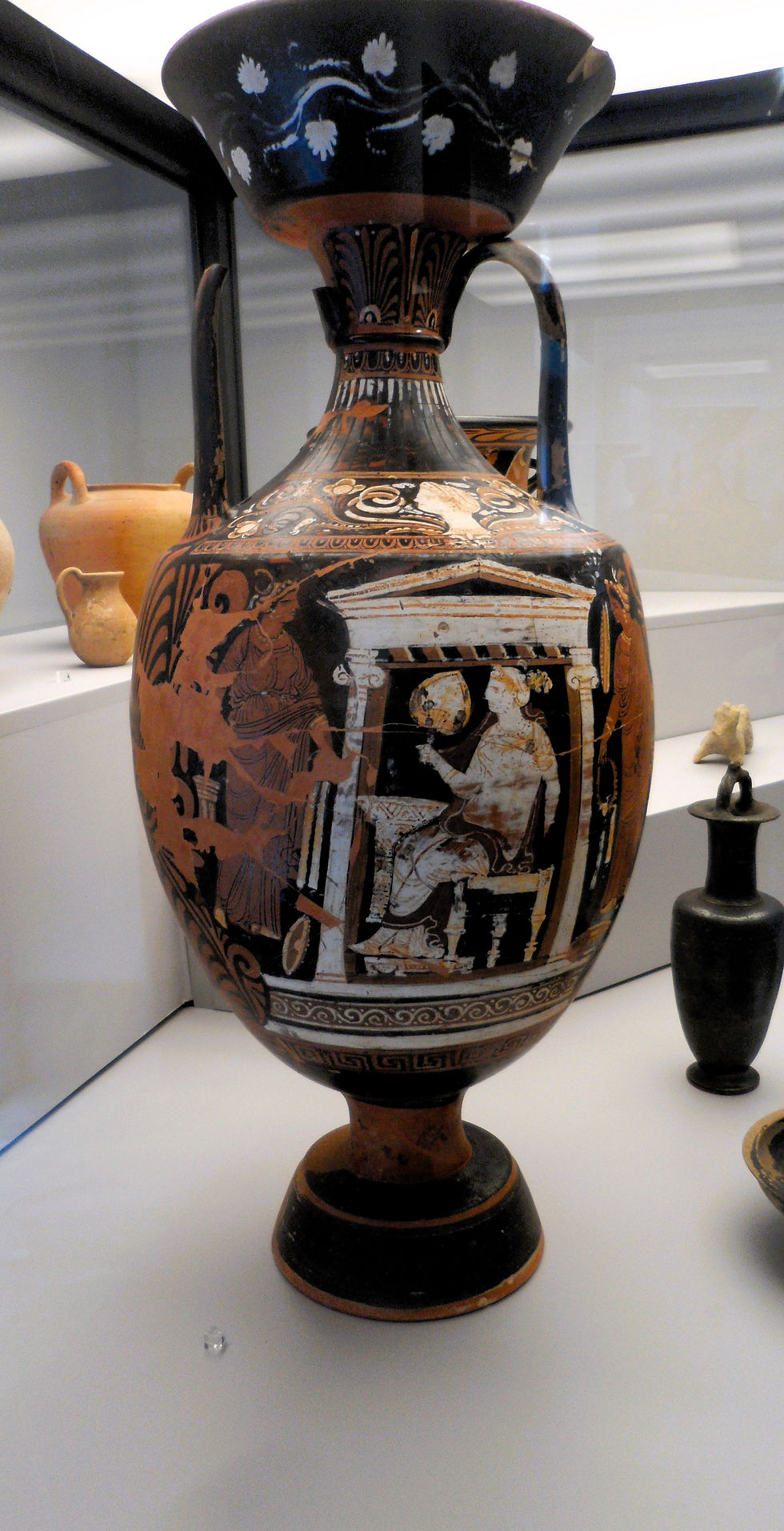


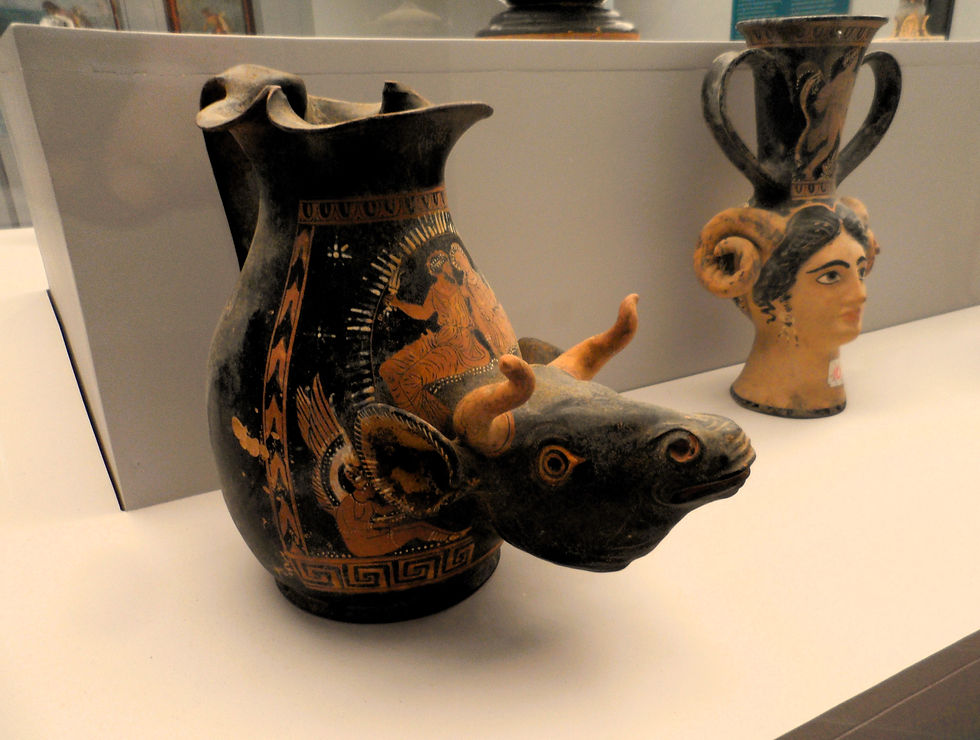
These are three funerary slabs belonging to the so-called Knight's Tomb, which have been at the center of a complex international case. Investigating authorities have had to reconstruct the complex history of these works, which also belonged to the "divine" Maria Callas.
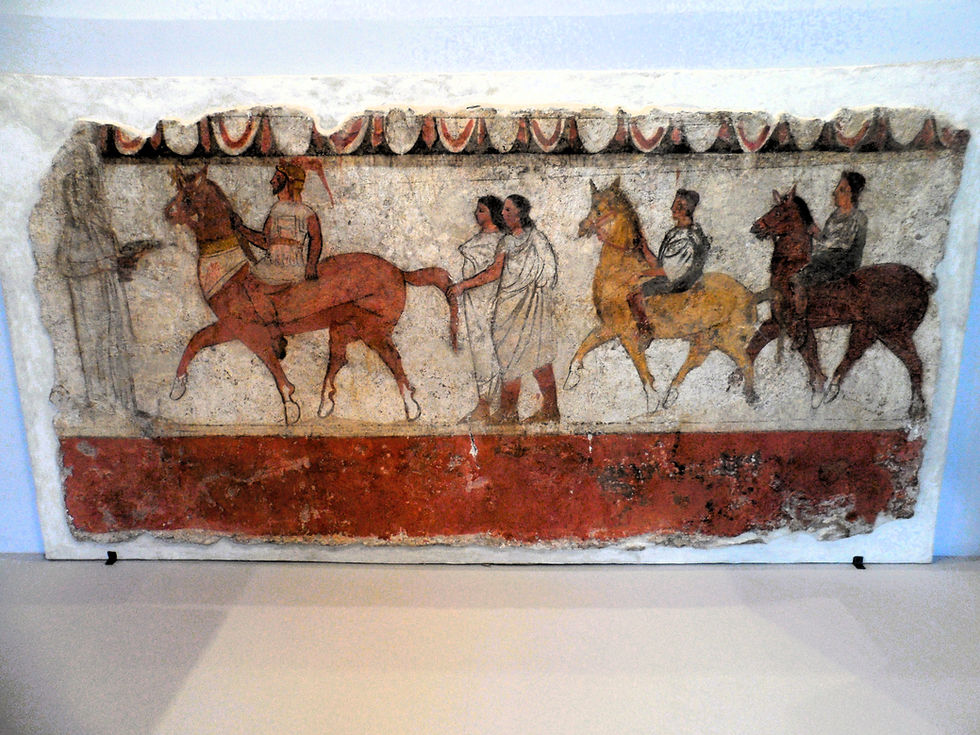


As for DOMUS, the exhibition invites you to enter the heart of homes, to rediscover their tastes, customs, and symbolic universe. Refined bronzes, marbles, terracottas, and frescoes recreate the intimate, everyday atmosphere of domestic spaces. Here's how we saw them:

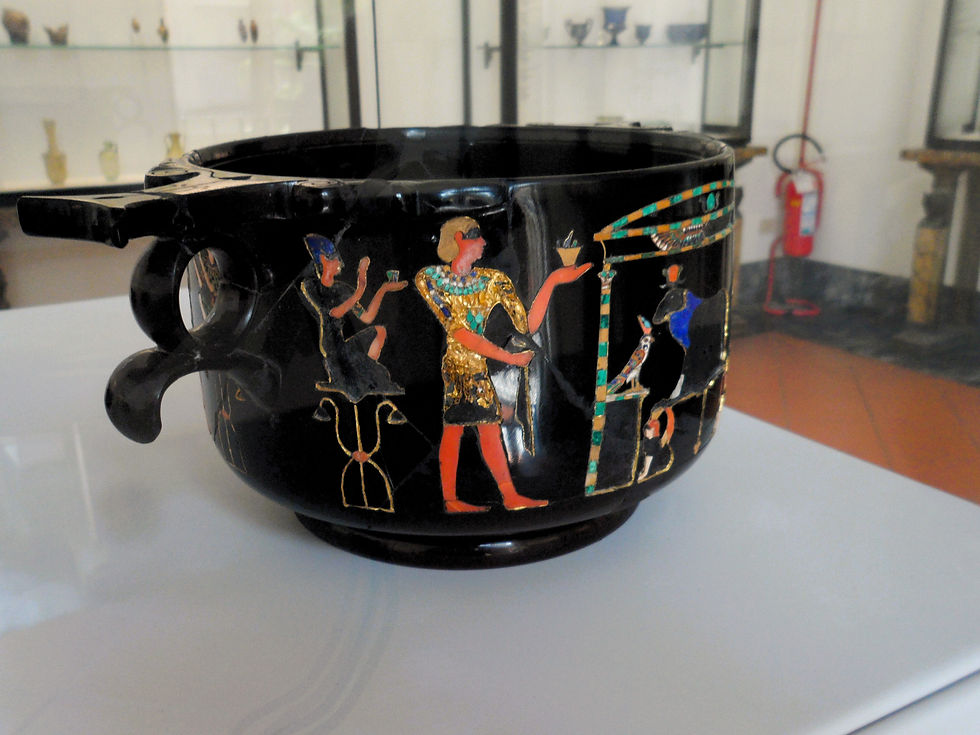
The next three photos show views of the so-called Blue Vase, a cameo glass vase found in Pompeii, dating back to the mid-1st century AD.





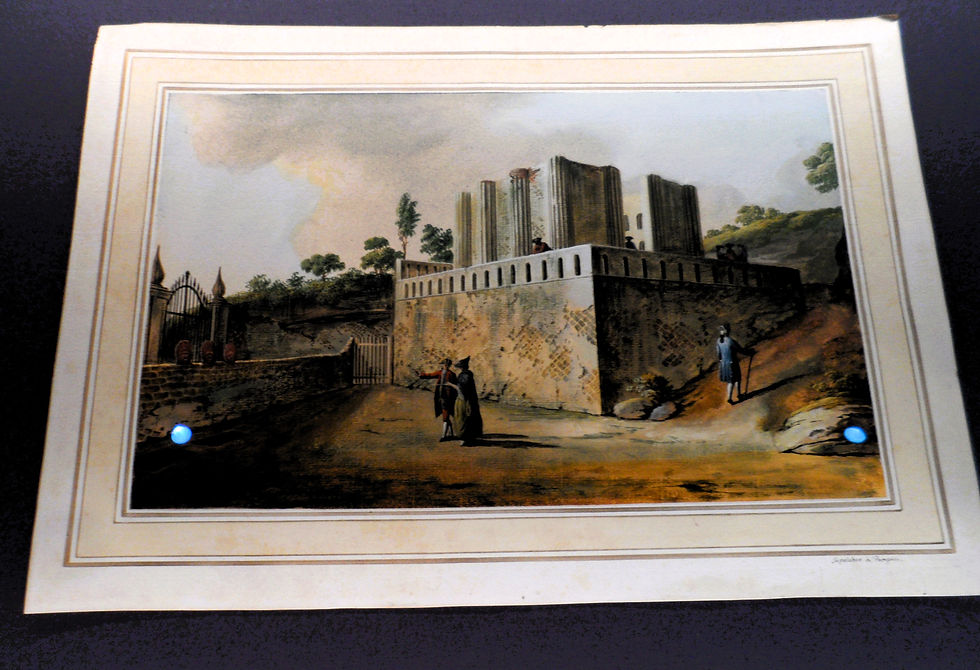
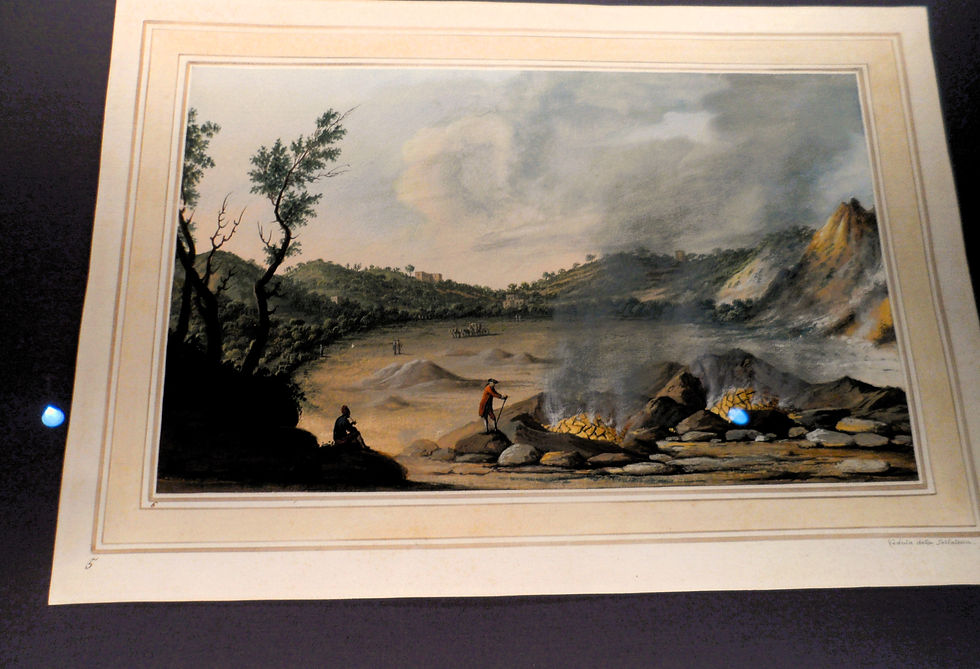



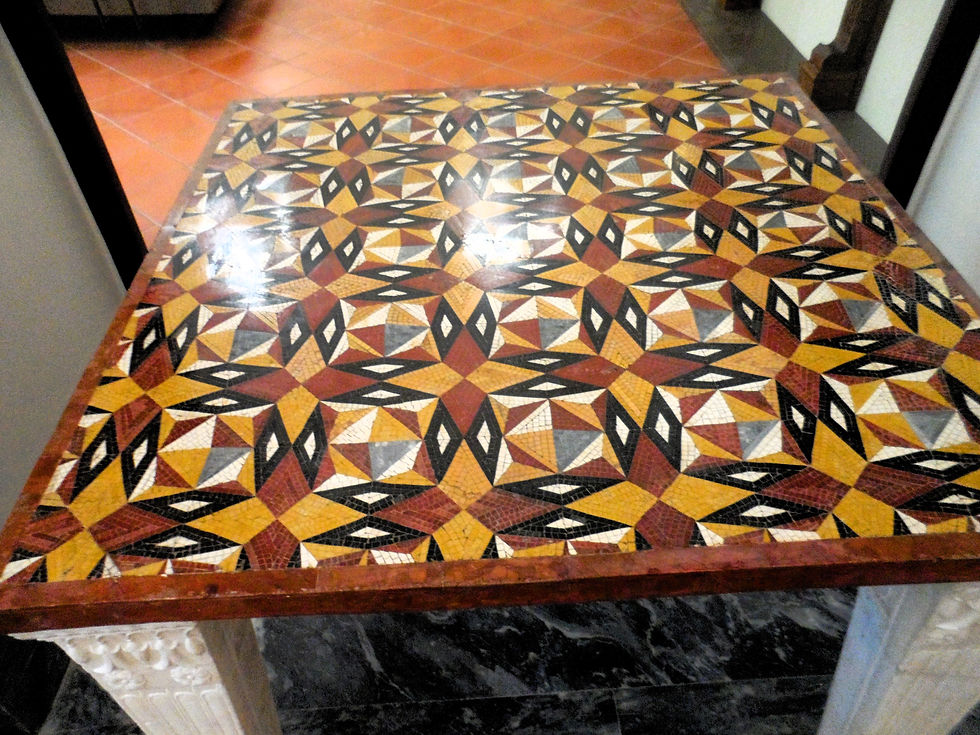
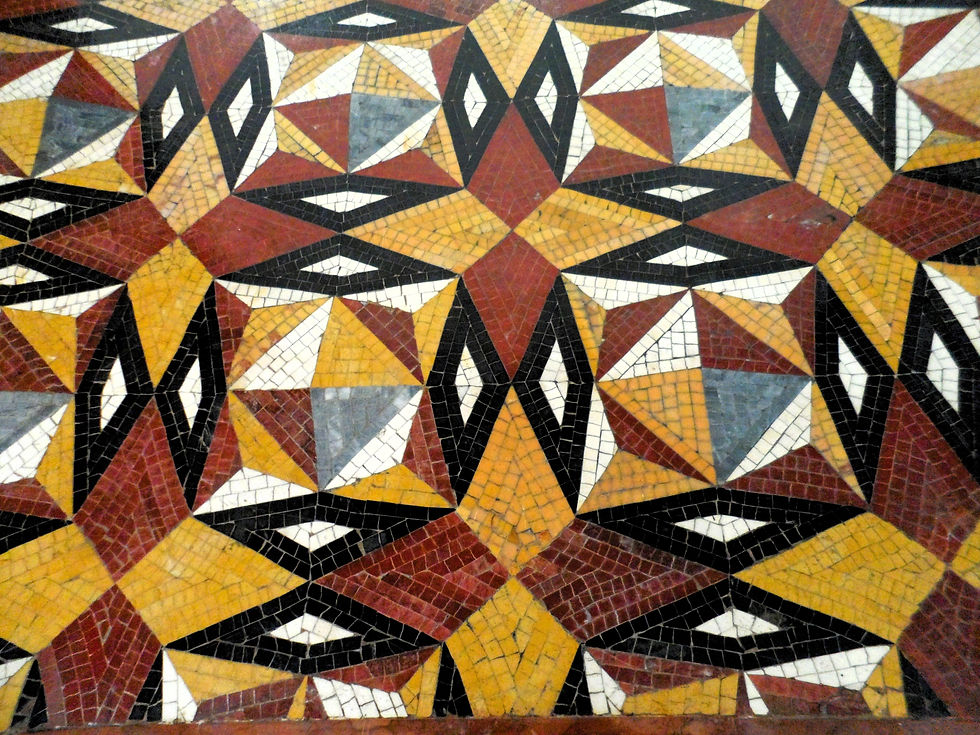

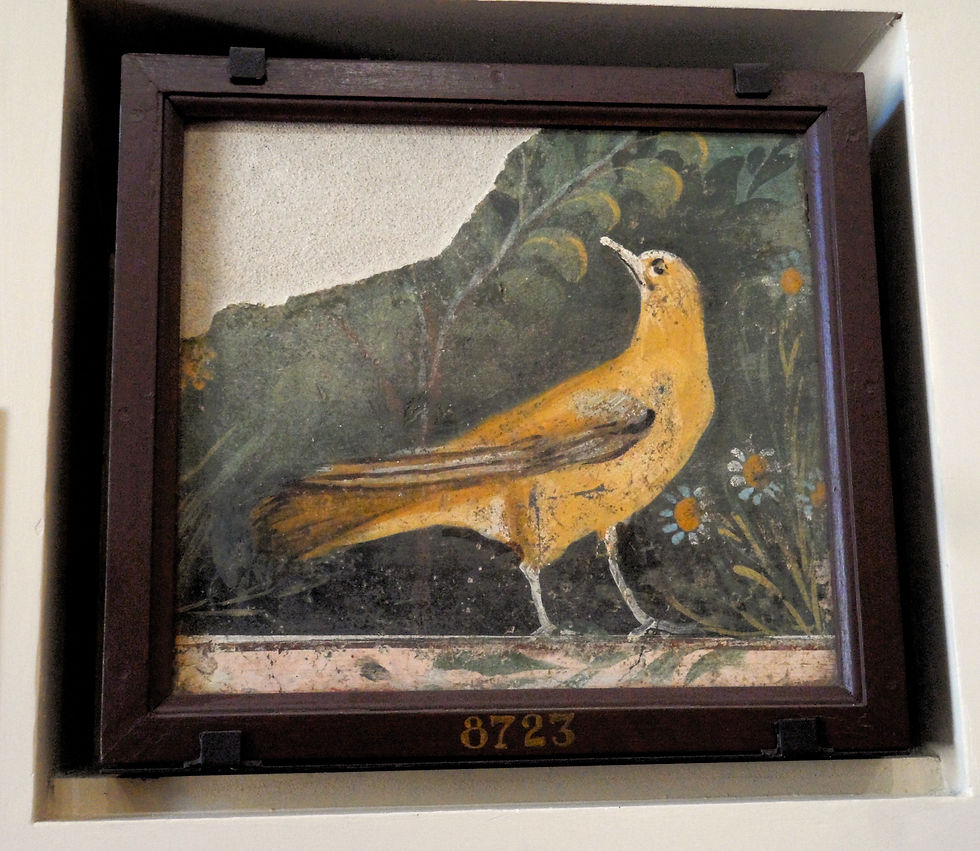




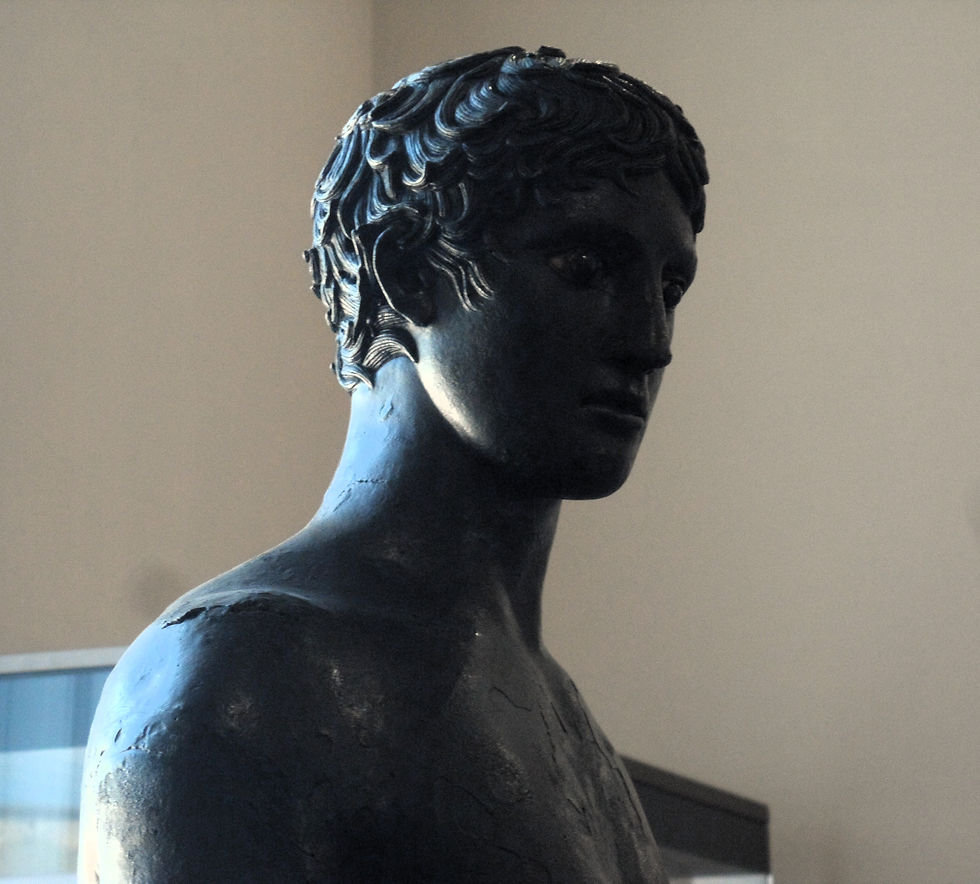
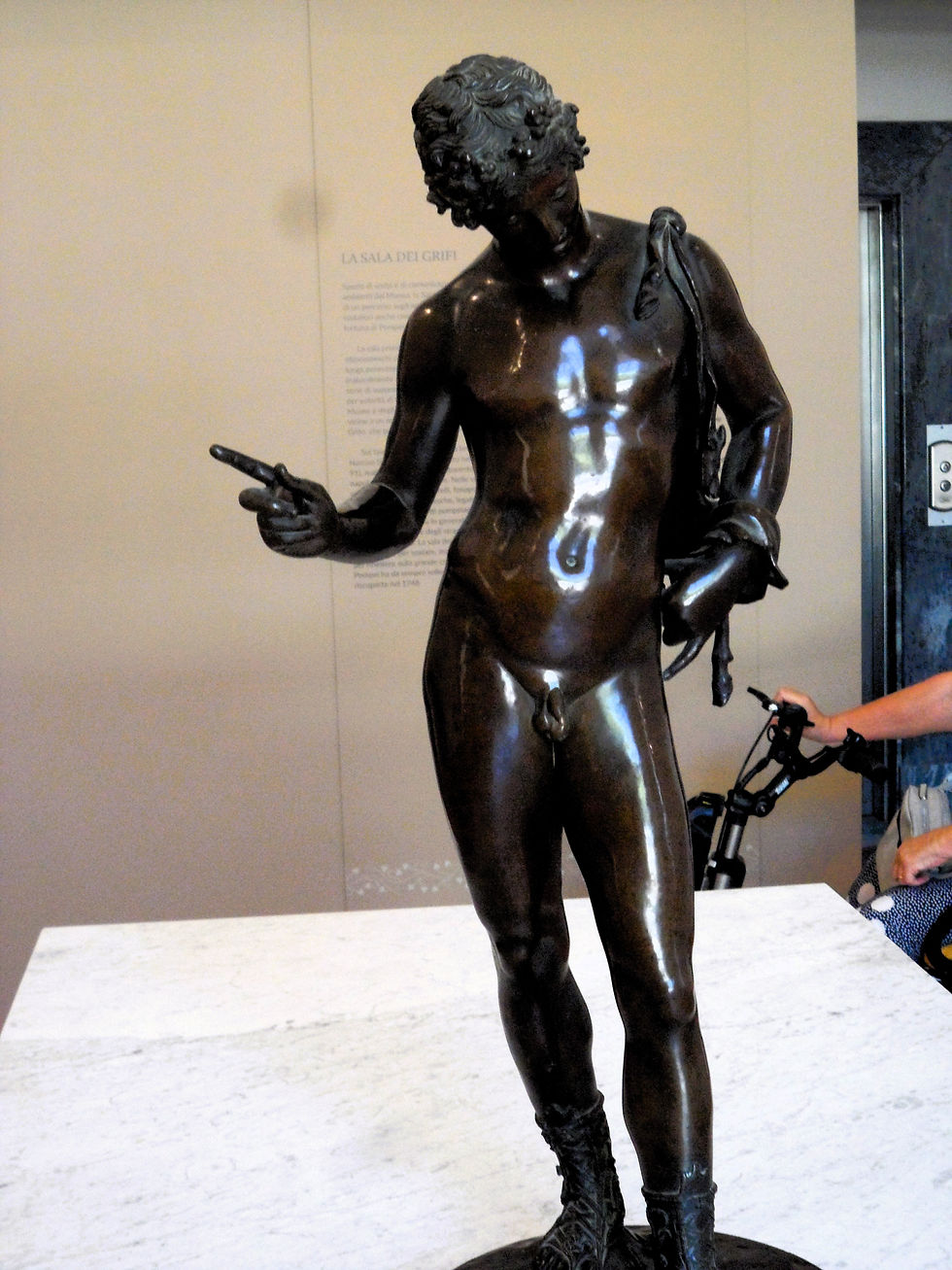
And to conclude this account of our visit to the MANN, we can't miss a look at the star of the Farnese Gems collection. We're talking about the Tazza Farnese, a phiale, a libation cup crafted from sardonyx agate cameo between the second and first centuries BC.

SEE YOU NEXT TIME!!!
(*) symbol indicating the presence of accessible restrooms

Comments